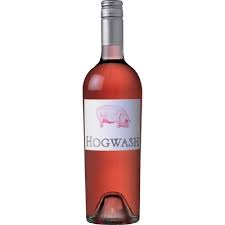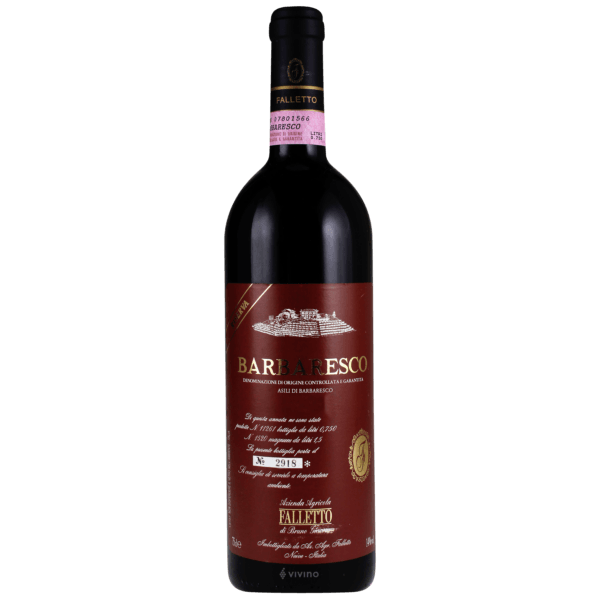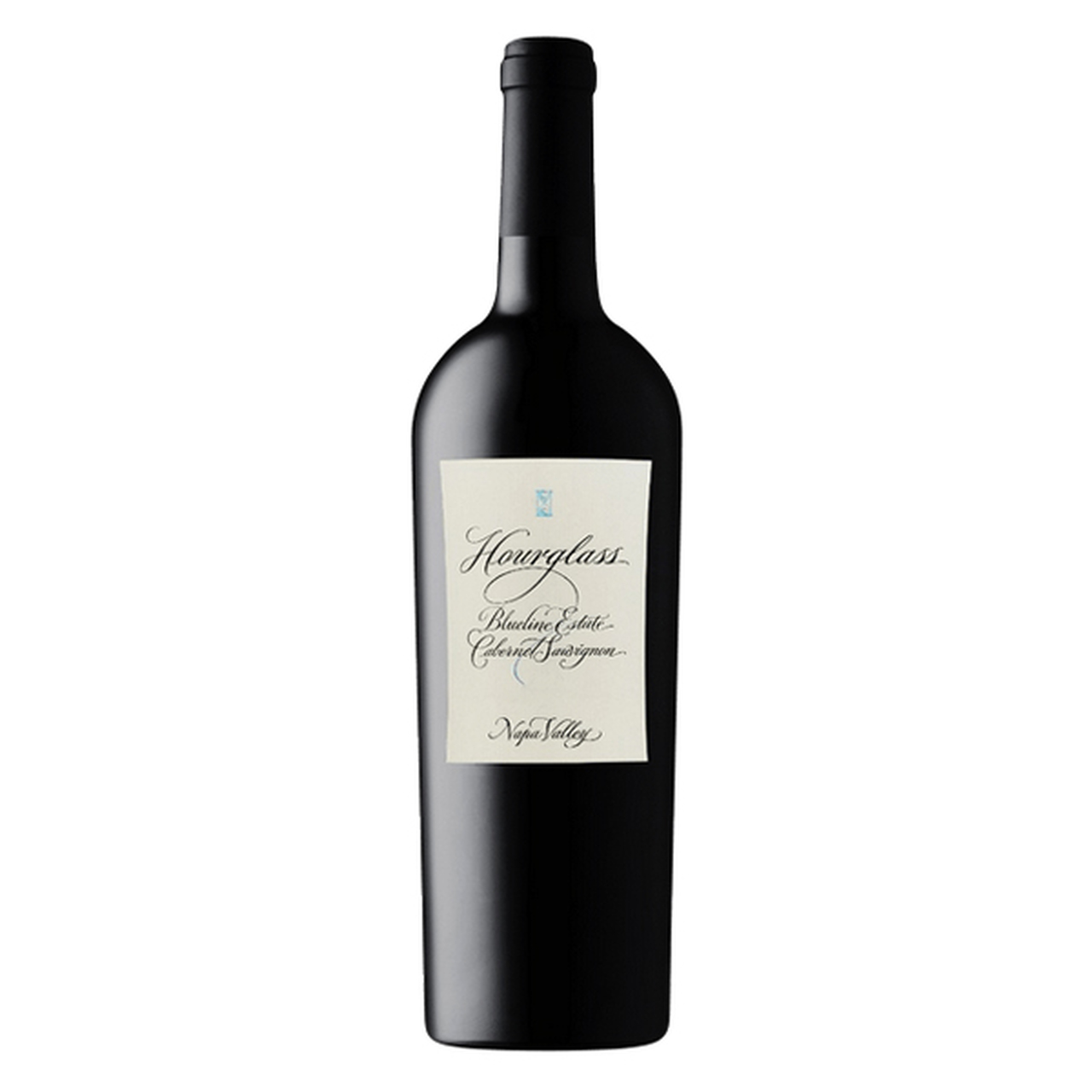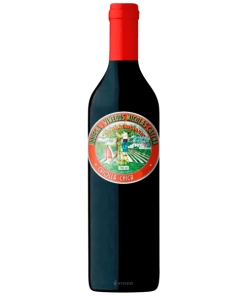2018 Tuck Beckstoffer Hogwash Rose
$15.99
Out of stock
2018 Tuck Beckstoffer Hogwash Rose
2018 Tuck Beckstoffer Hogwash Rose Hogwash Rosé is pure fun. The annual spring release heralds the coming of warmer weather and all the pleasure that entails. This is not a bottle for cellaring, but rather a twist-the-top-and-throw-in-some-ice-cubes- cause-you-can’t-wait-for-it-to-chill barefoot, barbecue, poolside, beachside, lakeside, in the park, summertime wine.The 2018 Hogwash Rosé is salmon-pink in color with fresh and lively aromas of rose, raspberry and orange zest. Flavors of lemon, mandarin, honey & just ripened peach lightly touch the mouth then recede into a clean and precise finish that makes your mouth water for more.
Perfect for casual summer sipping, paired with a plate of pork hot off the grill; which is, of course, how it got its name.
Rosé
A rosé is a type of wine that incorporates some of the color from the grape skins, but not enough to qualify it as a red wine. It may be the oldest known type of wine, as it is the most straightforward to make with the skin contact method. The pink color can range from a pale “onion-skin” orange to a vivid near-purple, depending on the grape varieties used and winemaking techniques. Usually, the wine is labelled rosé in French, Portuguese, and English-speaking countries, rosado in Spanish, or rosato in Italian.
There are three major ways to produce rosé wine: skin contact, saignée, and blending. Rosé wines can be made still, semi-sparkling or sparkling and with a wide range of sweetness levels from highly dry Provençal rosé to sweet White Zinfandels and blushes. Rosé wines are made from a wide variety of grapes and can be found all around the globe.
When rosé wine is the primary product, it is produced with the skin contact method. Black-skinned grapes are crushed and the skins are allowed to remain in contact with the juice for a short period, typically two to twenty hours. The grape is then pressed and the skins discarded, rather than left in contact throughout fermentation (as with red wine making). The longer the skins are left in contact with the juice, the more intense the color of the final wine.
When a winemaker desires to impart more tannin and color to red wine, some of the pink juice from the must can be removed at an early stage in what is known as the Saignée (from French bleeding) method. The red wine remaining in the vats is intensified as a result of the bleeding, because the volume of juice in the must is reduced, and the must involve in the maceration becomes more concentrated. The pink juice that is removed can be fermented separately to produce rosé.
The simple mixing of red wine into white wine to impart color is uncommon and is discouraged in most wine growing regions, especially in France, where it is forbidden by law, except for Champagne. Even in Champagne, several high-end producers do not use this method but rather the saignée method.
Related products
Rose from Mendoza, Argentina
95 Jeb Dunnuck | 93 James Suckling | 95 Robert Parker's
Wines!
Uncategorized
Save 24% 90pts WE






